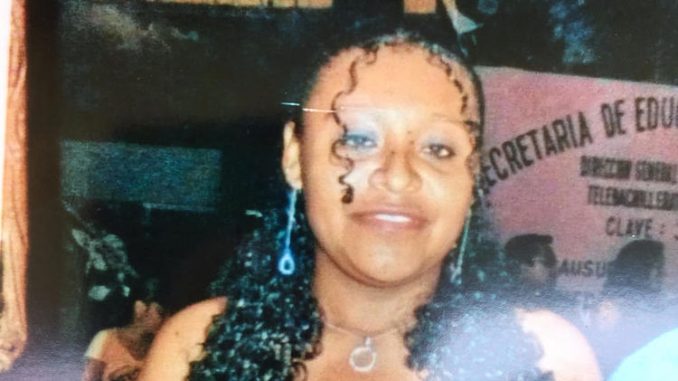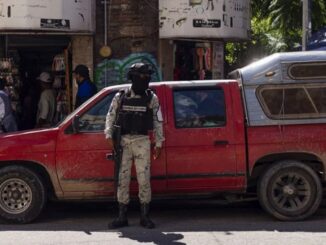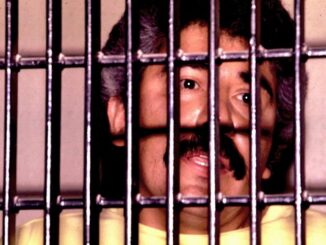
On a recent Sunday, scores of families showed up at the Catholic Church of Nuestra Señora de la Merced in a working-class neighborhood of this vibrant port city.
They came not to attend services, but for a distinct purpose: to give blood for possible DNA matches with human remains recently unearthed in a suspected dumping ground for murder victims on the northern fringes of Veracruz. Police technicians were taking the blood samples.
All of those at the church said they were keen to identify loved ones who are among Veracruz’s legions of desaparecidos, or disappeared.
“I would say 80% of the families in Veracruz have a relative who is missing, or know someone who is missing,” said Sergio Garcia Vasquez, a taxi driver who was among those at the church.
Led by a tip presumably supplied by drug cartel members who felt remorse, relatives and friends of missing people have been discovering secret graves in a field adjacent to a residential district called Colinas de Santa Fe. The excavations began Aug. 2 and at least 80 graves have been unearthed.
Nationwide, thousands of people have gone missing in recent years—some victims of the nation’s drug wars, some innocent bystanders who were in the wrong place at the wrong time.
Officials say about 1,000 people — mostly men — have disappeared in Veracruz state in the last decade, though some Mexicans say the toll is higher because some families don’t report the missing for fear of retribution.
Many of the family members who came to Nuestra Señora de la Merced said they were talking publicly about their cases for the first time. The growing prominence of the nationwide search movement for Mexico’s thousands of missing has prompted many families of the disappeared to come forward.
The disappearance of 43 college students in the rural town of Ayotzinapa in Guerrero state has focused public attention on the missing. On Monday, the second anniversary of the students’ disappearance, thousands of protesters took to the streets of Mexico City demanding to know what happened to them.
“People are no longer scared,” says Elizabeth Montalvo, who was helping to organize the church DNA event and is also the mother of a missing son—Julio Cesar Martinez Montalvo, who disappeared on July 24, 2015. “They are coming out to denounce what has happened to their loved ones. Some hold out hope they may still be alive, though it is difficult after all these years.”
Garcia came to the church in hopes of learning the fate of his niece, Nidia Eobeidy Perez Montiel.
She was 19 when armed men abducted her, a cousin and an aunt from a Veracruz neighborhood, Colonia Astillero, on Aug. 5, 2011, he said. The three haven’t been seen since their abduction.
Commando-style kidnap operations, often by armed men in masks, are not uncommon here.
Led by a tip presumably supplied by drug cartel members who felt remorse, relatives and friends of missing people have been discovering secret graves in a field adjacent to a residential district called Colinas de Santa Fe. The excavations began Aug. 2 and at least 80 graves have been unearthed.
Nationwide, thousands of people have gone missing in recent years—some victims of the nation’s drug wars, some innocent bystanders who were in the wrong place at the wrong time.
The disappearance of 43 college students in the rural town of Ayotzinapa in Guerrero state has focused public attention on the missing. On Monday, the second anniversary of the students’ disappearance, thousands of protesters took to the streets of Mexico City demanding to know what happened to them.
“People are no longer scared,” says Elizabeth Montalvo, who was helping to organize the church DNA event and is also the mother of a missing son—Julio Cesar Martinez Montalvo, who disappeared on July 24, 2015. “They are coming out to denounce what has happened to their loved ones. Some hold out hope they may still be alive, though it is difficult after all these years.”






Be the first to comment